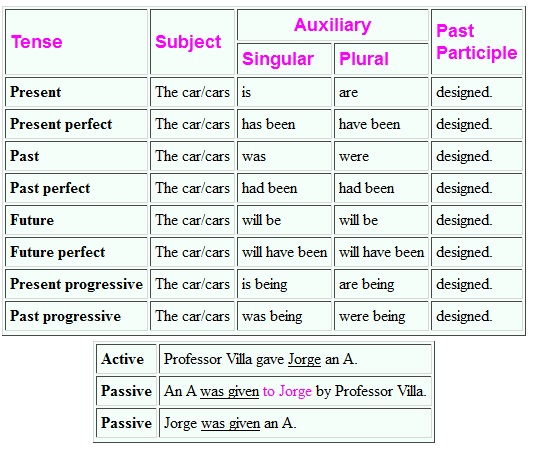Active Voice vs Passive Voice
The distinction between active and passive voice is critical in English grammar. Grasping this concept can be challenging for English learners due to the numerous rules that must be remembered when converting sentences from active to passive voice. However, understanding the differences between active and passive voice from the beginning can make mastering passive voice easier.
Key Takeaways
- Active voice has the subject at the beginning of the sentence, followed by the verb and object, and is typically used in direct conversations.
- Passive voice uses the object of the active voice as its subject, with the active voice subject in the instrumental case, and is often employed for descriptive purposes.
- Both active and passive voice are extensively used in written English, but understanding their differences is essential for proper grammar usage.
What is Active Voice?
When employing active voice, the subject is placed at the beginning of the sentence. For example, in the sentence “Shah built that toy house,” the subject Shah is used at the beginning, followed by the verb “built” and the object “toy house.” Active voice is typically used in direct conversations.
What is Passive Voice?
In passive voice, the subject is in the instrumental case, and the object of the active voice is used at the beginning of the sentence. In the previous example, the object “toy house” is used at the beginning of the passive voice sentence: “That toy house was built by Shah.” The object of the active voice becomes the subject of the passive voice. Additionally, the verb changes when using passive voice. Passive voice is typically used for descriptive purposes and can appear as a past tense in a different form, such as in the following example:
- Active voice: Francis gave the book to James.
- Passive voice: The book was given by Francis to James.
In this example, the subject “Francis” is in the instrumental case, and the object “book” becomes the subject in the passive voice.
Passive voice verbs are conjugated using the “be” verb in the given tense from the active voice sentence, followed by the past participle of the given verb. In the Francis example, the active sentence is in the past tense, so the passive voice “be” verb becomes “was” (singular third person past tense of the “be” verb). The past participle of “gave” is “given,” resulting in the complete passive verb “was given.”
What is the difference between Active Voice and Passive Voice?
Both active and passive voice are widely used in written English, but the following differences should be noted:
- The main difference between active and passive voice is that the object of the active voice becomes the subject in the passive voice, and the subject of the active voice is used in the instrumental case in the passive voice.
- Passive voice is generally used for descriptive purposes, while active voice is typically used in direct conversations.
